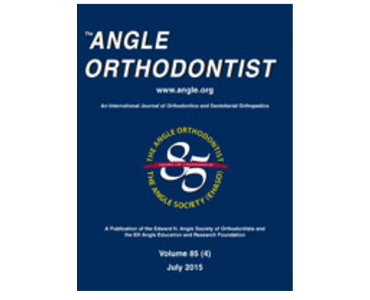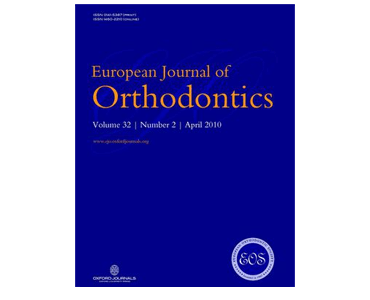Reproducibility and reliability of three-dimensional soft tissue landmark identification using three-dimensional stereophotogrammetry. A Baysal, AO Sahan, MA Ozturk, T Uysal.
Date: February 2016 (ONLINE AHEAD OF PRINT). Source: Angle Orthodontist Objective: To evaluate the intraexaminer repeatability and interexaminer reproducibility of soft tissue landmarks on three-dimensional (3D) stereophogrammetric images. Materials and Methods: Thirty-four stereophotogrammetric images were taken and 19 soft tissue points were identified. The images were obtained using the 3dMDface (3dMD, Atlanta, USA) system. Two…








